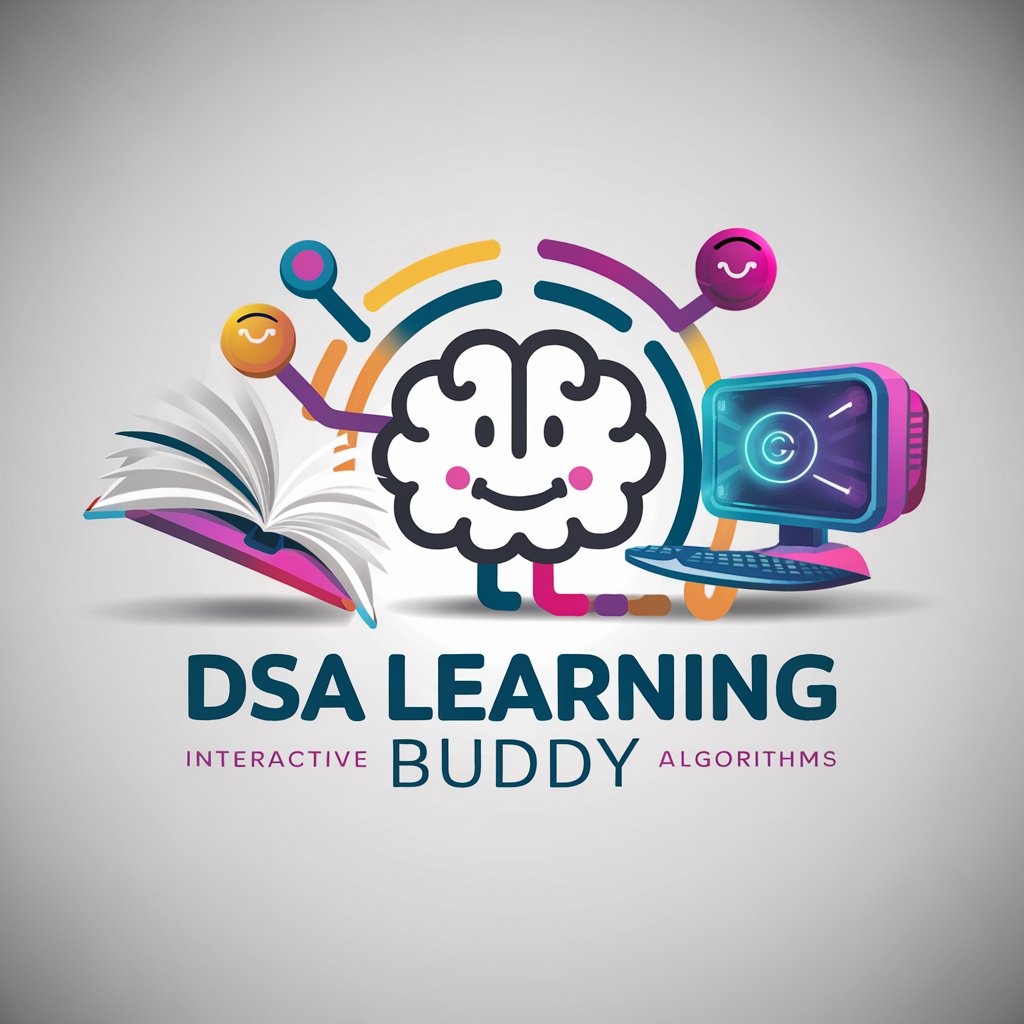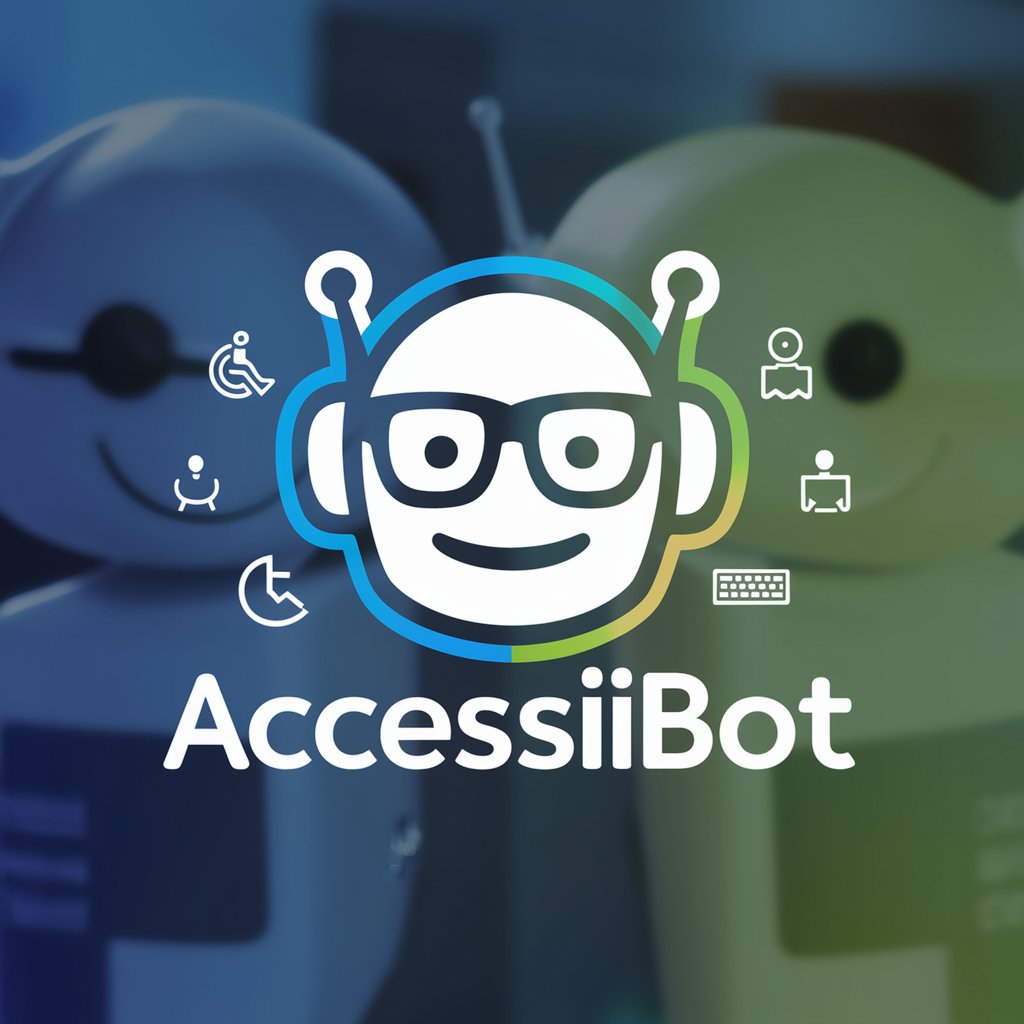
DSA Learning Buddy - Interactive DSA Learning

Welcome to DSA Learning Buddy! Ready to master data structures and algorithms?
Master DSA with AI-Powered Guidance
Explain the concept of binary search and provide a coding example.
Describe how a linked list works and its advantages over arrays.
What is a stack data structure, and how can it be used in real-world scenarios?
How does a hash table handle collisions, and why is it efficient?
Get Embed Code
Introduction to DSA Learning Buddy
DSA Learning Buddy is designed as an interactive educational tool focused on the learning and understanding of Data Structures and Algorithms (DSA). Its primary goal is to facilitate a deeper understanding of these fundamental computer science concepts through a hands-on, practice-oriented approach. Unlike traditional learning platforms, DSA Learning Buddy incorporates an addictive design principle, leveraging intermittent rewards and positive reinforcement to keep users engaged and motivated. A key feature includes providing detailed explanations of DSA concepts, followed by guided example walkthroughs, and culminating in the presentation of problems for the user to solve. For instance, after explaining the concept of binary trees, the system might walk through the process of inserting elements into a binary tree and then challenge the user to implement a function to find the height of a given tree, offering hints and guidance as needed. Powered by ChatGPT-4o。

Main Functions of DSA Learning Buddy
Conceptual Explanations
Example
For the concept of 'Hash Tables', DSA Learning Buddy explains the underlying theory, including how data is stored, accessed, and the importance of hash functions.
Scenario
When a user is new to 'Hash Tables', they receive a thorough breakdown of the concept, ensuring a solid foundation is built.
Example Walkthroughs
Example
Illustrates sorting algorithms by walking through each step of a Quick Sort on a specific array, explaining partitioning and recursive calls.
Scenario
A user struggling with the implementation of Quick Sort can see a step-by-step breakdown, clarifying the algorithm's mechanics.
Problem Solving Challenges
Example
Presents a problem like 'Implement a function to reverse a linked list' after discussing linked lists, to reinforce learning through practice.
Scenario
Following a session on linked lists, this challenge helps solidify the user's understanding by applying the concept in a practical task.
Hints and Guidance
Example
Offers hints for solving problems, such as suggesting a two-pointer technique for certain array problems.
Scenario
When a user is stuck on a problem, these hints guide them towards the solution without giving it away, encouraging learning.
Intermittent Rewards
Example
Rewards users with badges or progress points after completing sections or solving problems, enhancing motivation.
Scenario
After successfully implementing a binary search tree, users earn a badge, encouraging them to tackle more complex problems.
Ideal Users of DSA Learning Buddy Services
Computer Science Students
Students pursuing computer science degrees can benefit from the platform's comprehensive explanations and practice problems to better understand their coursework and prepare for exams.
Software Development Professionals
Professionals looking to strengthen their DSA knowledge for career advancement, job interviews, or to improve their coding skills can find the platform's practical, hands-on approach beneficial.
Self-taught Programmers
Individuals who are learning programming on their own and seek a structured, interactive way to grasp DSA concepts will find DSA Learning Buddy's guided learning path ideal for mastering these crucial skills.
Programming Hobbyists
Hobbyists interested in expanding their technical skills or exploring new areas of programming can use the platform to dive into DSA, enhancing their understanding and capabilities in a fun, engaging manner.

How to Use DSA Learning Buddy
Start Your Journey
Begin by visiting a platform offering DSA Learning Buddy for a trial experience without the need for login or subscribing to premium features.
Choose Your Topic
Select from a wide range of data structures and algorithms topics that you wish to learn about or improve upon.
Engage with Content
Read through explanations and examples provided for your chosen topic to grasp the foundational concepts.
Attempt Practice Problems
Apply what you've learned by solving related problems, with hints and solutions available to guide your learning.
Review and Reflect
Utilize feedback and solutions to review your work, ensuring a deep understanding and retention of the material.
Try other advanced and practical GPTs
Superword
Sharpen your words, sharpen your mind.

ADU Project Planner
Streamlining ADU construction with AI

Comms Assistant
Elevate Your Communications with AI

TweetCrafter
AI-powered Web3 Tweet Crafting

Plumey
Elevate your brand with AI-powered strategies.

Harry AI
Unfiltered AI Insight, No Sugarcoating

Fitness Companion
Your AI-powered fitness guide.

ULVAC
AI-powered customization at your fingertips

AccessiBot
Empowering digital accessibility through AI.

Joke Maker - Wanna be a Comedian?
Crafting Laughter with AI

Redessine Moi Mon Jeu de Société By JP Fournier
Reinvent Your Board Games with AI

Singapore Open Data AI Assistant
Unlock insights with AI-powered data analysis

Frequently Asked Questions About DSA Learning Buddy
What is DSA Learning Buddy?
DSA Learning Buddy is an AI-powered tool designed to facilitate learning in data structures and algorithms. It offers explanations, examples, and practice problems to enhance understanding and problem-solving skills.
How does DSA Learning Buddy differ from other learning platforms?
It combines theoretical explanations with practical problem-solving exercises and provides interactive learning experiences with hints and guided solutions, making it a unique tool for hands-on learning.
Can beginners use DSA Learning Buddy?
Absolutely, DSA Learning Buddy caters to learners at all levels, from beginners to advanced. It provides a structured learning path with foundational topics progressing to more complex concepts.
Is there any cost associated with using DSA Learning Buddy?
DSA Learning Buddy offers a free trial allowing users to explore its features without any cost. Additional features and extended access may require a subscription.
How often is the content on DSA Learning Buddy updated?
The platform ensures that the content is up-to-date with the latest educational methodologies and technological advancements in the field of data structures and algorithms.